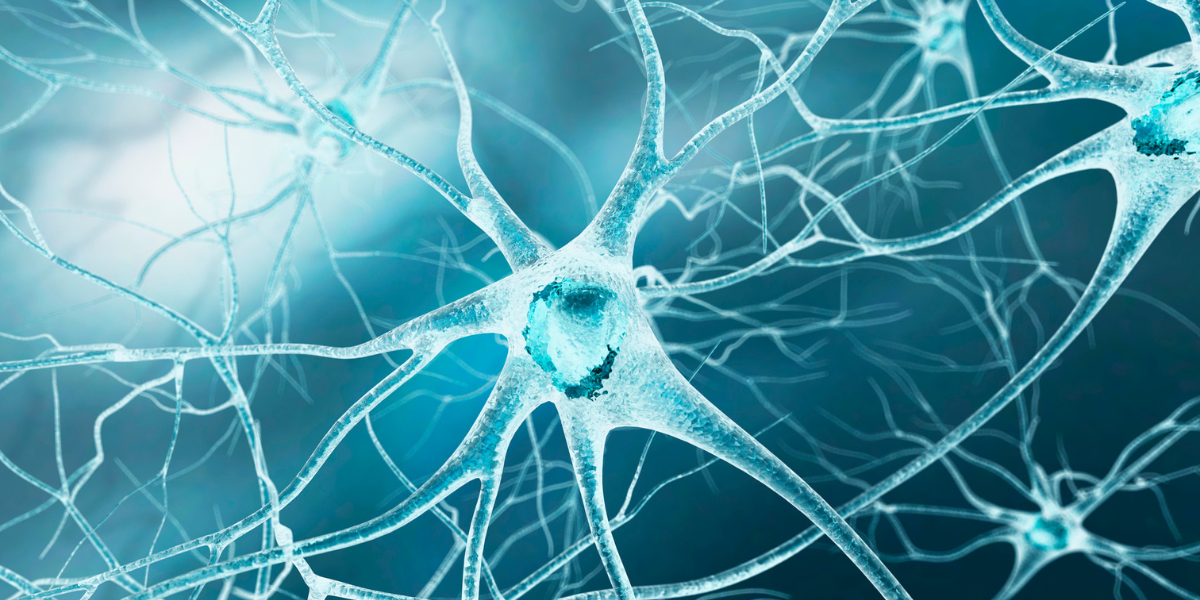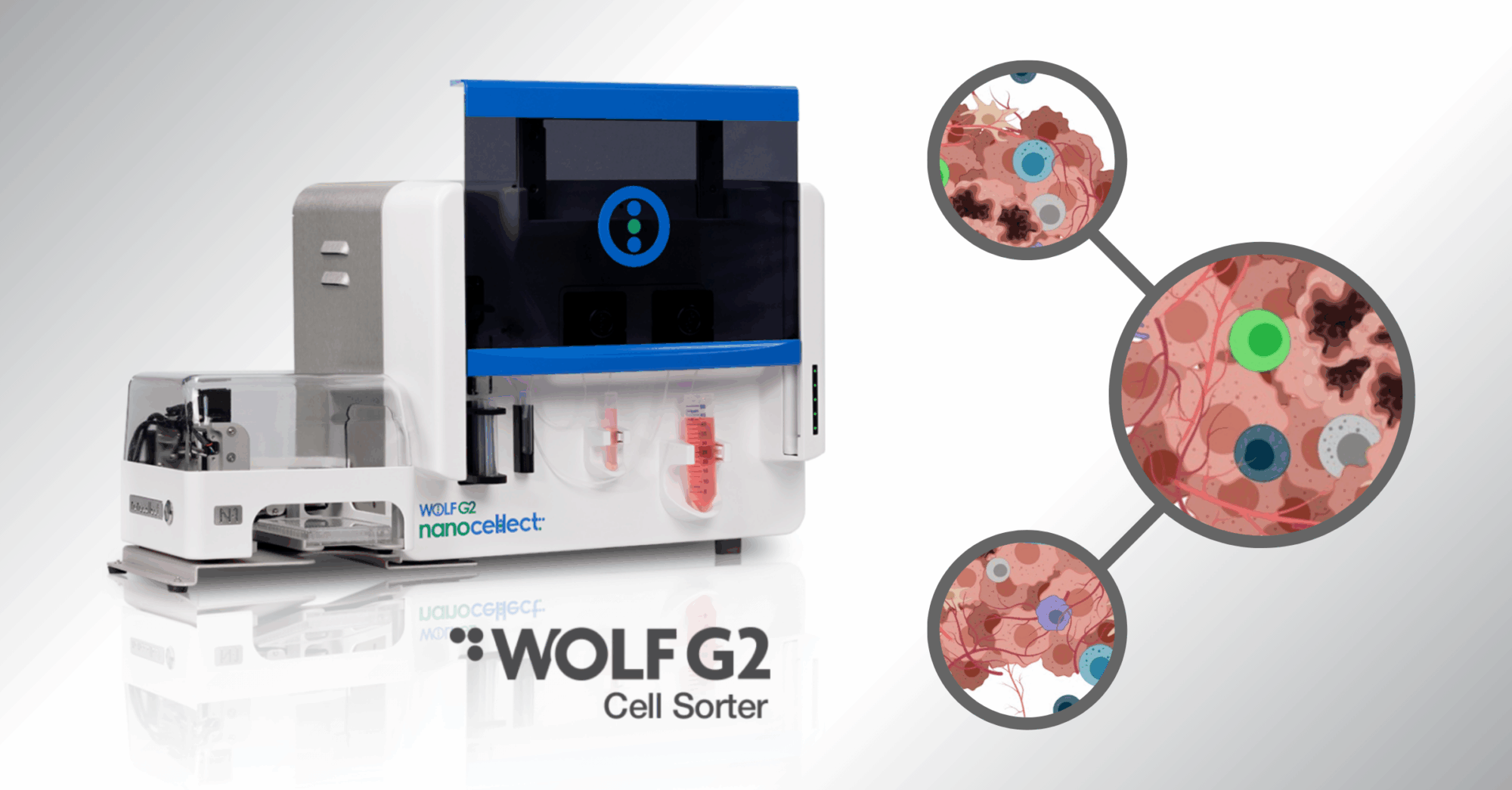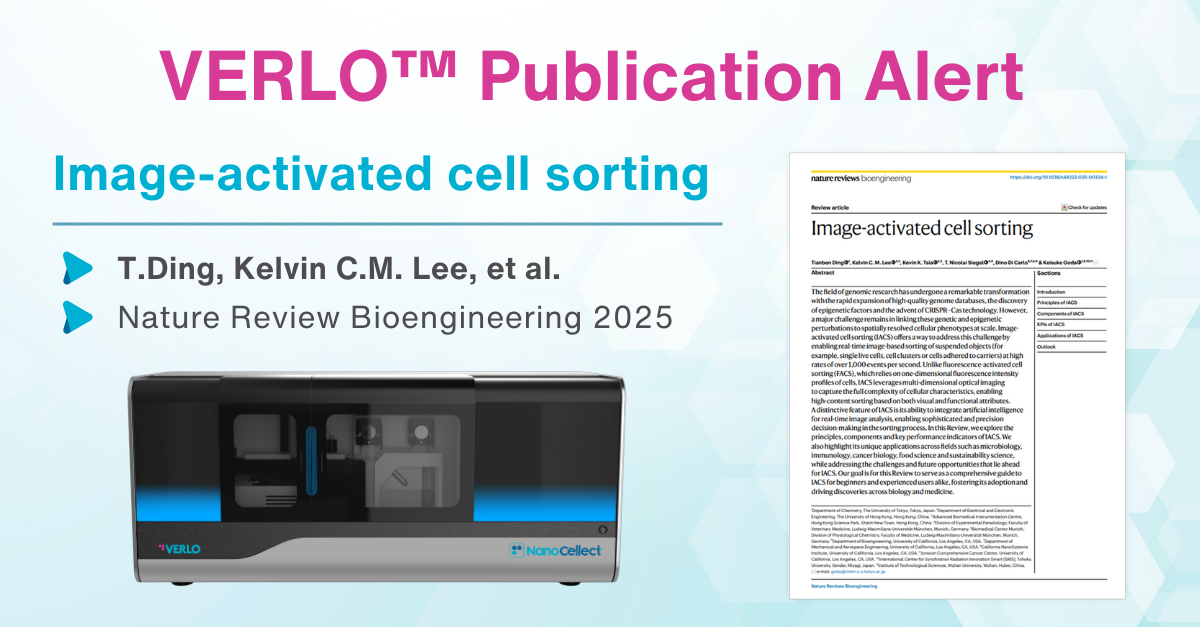Diving into Multi-Omics Single-Cell Analysis

A significant advancement in medical and immunological fields was the development and implementation of multi-omics and sing-cell technology. These technologies act as a high-powered microscope, a forensics lab testing kit, and a communication tapping device, all bundled into one—and all geared towards single-cell genomics.
This is a convoluted way of saying, multi-omics technology offers researchers insight into various aspects of a cell that used to be measured and analyzed separately. And multi-omics single-cell analysis offers a powerful way to investigate individual cells, enabling better correlation of these aspects, which was previously complicated by measuring a large population of cells all at once.
“Multi-Omics” – What This Term Means
Before diving into the details, here’s a helpful primer on what multi-omics means in the context of single cell analysis. Multi-omics technologies are meant to comprehensively measure and analyze multiple cell (or molecule) characteristics at one time. When looking at a biological sample, you can break down its:
- Genomics profile – genOMICS – Breaking down the genomics of a cell means being able to read the “underlying code” of the cell. All the information about the cell’s possible characteristics expressed as phenotypes is stored inside the nucleus (in the DNA). Genotyping involves single cell RNA seq and DNA sequencing and/or identifying biomarkers within the cell. This helps with everything from disease and immunological research, to understanding the basis for every other analysis listed below.
- Epigenetics profile – epigenOMICS – The epigenetics of the cell does a deep dive into the chromatin of the cell (the building block of chromosomes). Epigenetics based on chromatin accessibility details how certain DNA characteristics change due to environmental causes. This could be generationally speaking (through evolution) or in a relatively short time frame (changing diet).
- Transcripts – transcriptOMICS – A cell’s transcriptome is the sum total of mRNA expressed in an organism. These messenger RNA molecules are derived from the cell’s DNA and transferred through the nucleus (which DNA can’t leave) to be read by ribosomes in the cell to create various proteins. mRNA is differentiated from rRNA and tRNA, which help build the protein (the mRNA just acts as the recipe delivery system). This information indicates which genes are actively being expressed, differing from genomic testing which only indicates static gene expression. Next generation sequencing can be used to analyze a cell’s transcriptomics, which helps determine large-scale cell line development in diabetes, endocrine function, myocardial infarctions, neuron creation, and more.
- Protein production – proteOMICS – To understand cellular and subcellular structure and function, a cell’s proteomics needs to be studied. This helps to quantify post-translational modification, interactions with proteins, and level of protein production.
- Metabolic functions – metabolOMICS – In addition to transcriptomics and proteomics, there’s metabolomics. Evaluating a cell’s metabolomics starts to take the scientific lens outward, as it studies the metabolites in a cell, tissue, or organism. This includes looking at the production and function of carbohydrates, lipids (fatty molecules), nucleopeptides, and catabolic molecules. The structure and function of these on a cellular level help to better understand the macroscopic view of the cell.
- Microbiome – microbiOMICS – Finally, how the macroscopic cell interacts within its individual cell community or cell population is known as microbiomics. The microbiomes are on skin, mucus, and (now famously) in the gut. Each microbiome is incredibly diverse and complex, with the gut biome consisting of some 100 trillion bacteria. The microbiome is known to affect or be involved with everything from cancer cell development to serious ailments like diabetes, heart disease, autism, and more. Its full implications are still being studied.
A single-cell multi-omics approach combines and analyzes many of these properties all together. By doing this, you gain information on how these elements relate to each other which gives a bigger picture of what’s going on in cells. It’s Big Data, but in a micro(biology) way. And the leaps forward in novel associations and biomarkers have created profound advancements in disease, physiology, and more.
Single-Cell Multi-Omics in Understanding Geno-Pheno-Envirotype Relationships
Perhaps one of the most observable advancements has been in studying the relationship between genotype, phenotype, and the environmental factors that affect them.
In population studies (of animals) the phenotype (observable physical traits) of a certain type of animal is known to be a factor of the animal’s genotype (gene expression) and environmental factors. These genotypes do not always result in positive phenotypes:
- For example – Colorful birds may blend in with the rich flowers and colors of a tropical environment, making them harder to spot by predators. This genetic mutation of color was (probably) a direct result of the environment, coupled with natural selection over generational stretches of time. If these birds were taken to a grassland environment, where color is sparse (except green and yellow), this genotype would not result in a particularly helpful phenotype.
In a cell population, the genotype-phenotype-environment relationship plays a similar role. As observed in identical cell populations, varied environments will cause once-identical gene expressions (genotypes) to result in varied physical properties (phenotype).
These three characteristics—genotype, phenotype, and environment—play an intricate role in the cell’s life. And it’s good that they do! Otherwise, people would be just one giant blob of identical cells…
Human Beings From a Individual Cell
This is an important observable distinction and one that, in theory, makes perfect sense. Consider, for instance, a strand of endothelial tissue—tissue that lines the intestinal tract. Some cells that are formed absorb nutrients and assist with digestion, while other cells excrete mucus which helps push the process along.
Both cells are progeny from the same cell. Same genotype, different phenotype.
Taken one step further, at the moment an egg is fertilized, one complete cell with 23 pairs of chromosomes is created with all the genetic information to create a living, breathing human being. In that individual cell, you can determine the color of the person’s eyes as well as how quickly their toenails grow.
Of course, it’s not entirely that simple. This hasn’t even gone into transcription factors, asymmetrical cell division, epigenetics, and a whole host of biological processes involved in life creation.
However, breaking it down into relationships of high-level concepts (genotype, phenotype, and environment), allows researchers to utilize single cell multi-omics analysis to make more informed predictions about cell characteristics.
Single-Cell Multi-Omics in Immunology
Specific diseases and disorders—autoimmune, degenerative, and neurological—have alluded researchers and left them with complex riddles.
- For example: Evidence suggests that autism is related to both microbiomic conditions and also to genomic factors. This predicts that the underlying cause of autism runs the gamut of all 6 “omic” factors listed above. Previously, these factors would be looked at in single cell isolation. But multi-omics analysis has allowed researchers the ability to gain further insight into the relationship between these factors and present more conclusive evidence as to its origin.
There’s still much work to be done, of course. But developing multi-omics technology and combining it with faster, smarter computing power promises much for the field of immunology.
Multi-Omics in Revolutionizing Medicine
Further than its implications for immunology, multi-omics is predicted to completely revolutionize the way medicine is practiced.
Current Standard of Care: One Size Fits All Model
There are two current standard of care mechanisms that are pain points to medical practitioners who want to lean into the current body of immunology research.
- Treating individuals after they present symptoms. While, of course, you want individuals to get treatment once they’re sick, the same care and attention isn’t placed on staying healthy. There’s been a massive movement toward health and wellness but we’re still learning how things like diet, exercise, and environment affect our cells, and it’s different for everyone, which leads to the next pain point.
- People are treated on a one-size-fits-all model. Consider two patients of relatively similar age in two different cities show up to their respective hospitals with shortness of breath and a rash on their chest. They would be run through a similar procedure, be prescribed similar treatments, and only once differences appear would they differentiate in treatment. While this one-size-fits-all model allows researchers to simplify models and come up with largely helpful solutions—it’s not enough. Researchers are realizing more and more that individuals are completely unique in their makeup, from single cell genomics all the way down to microbiomics. Thus, a tailored solution is needed.
These issues, some predict, will be solved using multi-omics single-cell analysis.
Future Standard of Care: Multi-Omics Solution
Our current ability to sequence and analyze a person’s genome makes it so that doctors can gain insights into a patient’s overall and historical health before treating them. This can positively affect the two pain points above.
- Diet and healthy living, the key to longevity. One prediction about current diet research is that it will stay hotly debated until moving away from the scale of “human populations” and return to the scale of “individuals.” Studies like the now-infamous China study are still criticized for purporting individualistic diets from large-scale systems. Not that there’s no utility here, but similar to the one-size-fits-all pain point, multi-omics research may allow individuals to seek out personal models of health per their genome, epigenome, metabolome, etc.
- Analyzing the individual before treating. By gaining insight into a person’s multi-omics, you can better predict medication reactions, rule out certain diseases, and provide better patient care. This is a more expensive option that is slowly decreasing in costs thanks to advancement in the technologies.
Multi-Omics Integration
With how many “omics” that multi-omics data applies to, the fields mentioned above are only the beginning. Where these technologies will lead researchers, only time travelers and future generations will know. Science is the slow push toward progress, and how much time it will take to actualize the benefits of a multi-omics approach in medicine and other fields is hard to predict.
However, the better data research that can be done, the quicker humanity will get there. And for better data research, one thing all labs need is healthy, viable cell populations.
If you use standard flow cytometers to sort your cells, you’re probably dealing with large percentages of cell death. NanoCellect’s WOLF G2 Cell Sorter uses ten times less pressure than the next gentlest flow cytometer—at less than 2 psi, you can rest assured your samples will be viable and healthy.
Sources:
- Nature. Making multi-omics data accessible to researchers. https://www.nature.com/articles/s41597-019-0258-4
- News Medical Life Sciences. What is Multiomics?. https://www.news-medical.net/life-sciences/What-is-Multiomics.aspx
- KVL. Phenotype, Genotype, and Environment. http://www.ihh.kvl.dk/htm/kc/popgen/genetics/1/1/sld009.htm
- Scitable. Cell Differentiation and Tissue. https://www.nature.com/scitable/topicpage/cell-differentiation-and-tissue-14046412/
- Medical News Today. Autism and the gut microbiome: Further evidence strengthens link. https://www.medicalnewstoday.com/articles/325338
- NIH. Autism spectrum disorder. https://ghr.nlm.nih.gov/condition/autism-spectrum-disorder#definition



